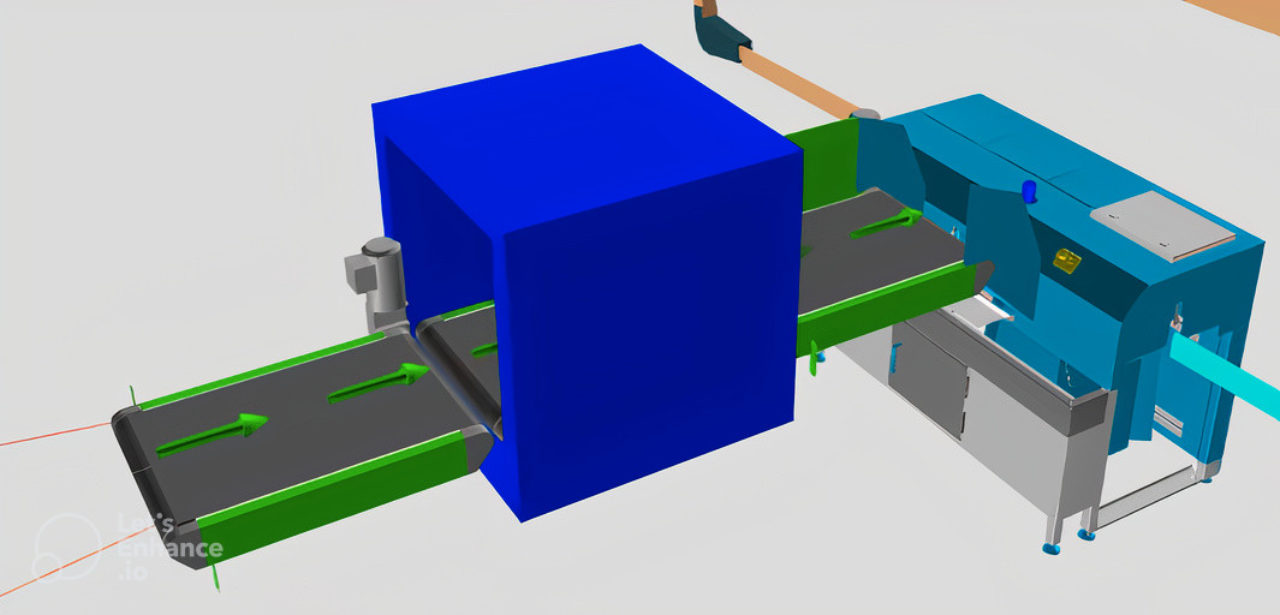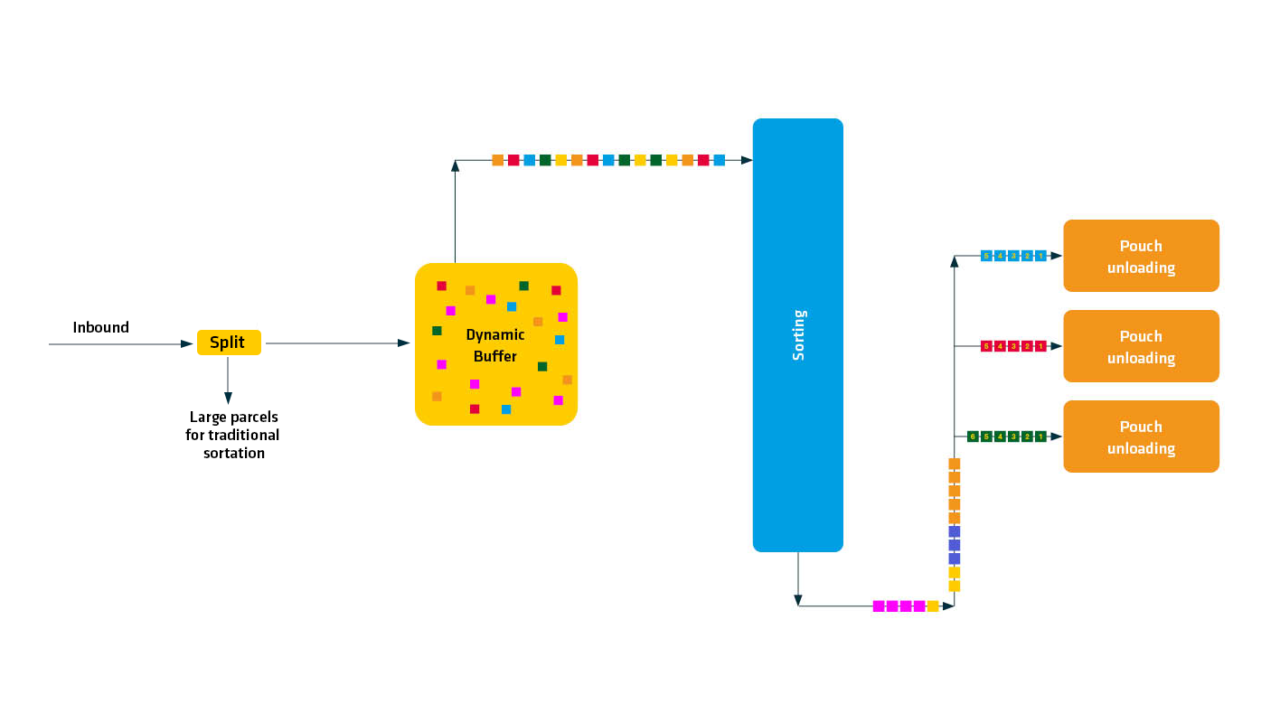By Brian Hansen
The difficult small parcel
Small parcels are generally regarded as those that range in size at the minimum 50x50x1 mm (or 20g in weight) to the maximum size of 450x300x200 (or 5 kg in weight). They can be small items coming from the fashion industry or from different parts of the world.
But what creates the difficulty in their sortation is their often irregular geometrical shapes. Whether round or lumpy, or polybags containing just one item or the item has more than one natural surface, these irregular small parcels can move uncontrollably at any given time, creating jams and blockages in the sortation system.
To add to it, cost-efficient packaging of various sizes and quality is increasingly being used in the world of e-commerce sales, making small parcel handling more and more difficult for normal automated sortation equipment.
With today’s framework technology struggling to handle these small parcels, many distribution centres are having trouble optimising their processes and risk having to handle small parcels manually.
Pouch systems as an alternative technology
Existing sortation systems typically utilise loop sorters or line sorters that are dependent on transporting items at high speed to meet capacity.
But small parcels can in fact be handled differently.
For decades, the fashion industry has deployed the pouch system – an overhead conveying system in which an item is placed in an individual pouch or bag and contained in an enclosed environment so it can be conveyed anywhere throughout the system.
The same pouch system can now be applied to parcel sortation. Being an enclosed conveying system, it is especially suited to difficult small parcels and can be implemented to fully support traditional cross-dock sorting.
How a pouch system works in the CEP context
Here are the principles of how a pouch system works in the CEP sortation process.
1. Inbound items are split between large and small items
In a normal environment, inbound items will consist of both small and large parcels so they will need to be separated, either through robotic technology or usual sortation equipment, depending on the centre’s application. Large, regular parcels will be sent for traditional sortation, while the small parcels will be directed to the pouch system.
2. Items are placed in a pouch and enter a dynamic buffer
Each small parcel is placed in an individual pouch which enters a dynamic buffer system. (The system is called a buffer system because pouches are easily added to the buffer and just as easily retrieved.)
Induction into the pouches can be automated with possibilities to integrate automated induction with other technologies such as a feeding line of a traditional system. Induction can also be carried out manually if some items are known to be fragile and needing special attention, for example.





